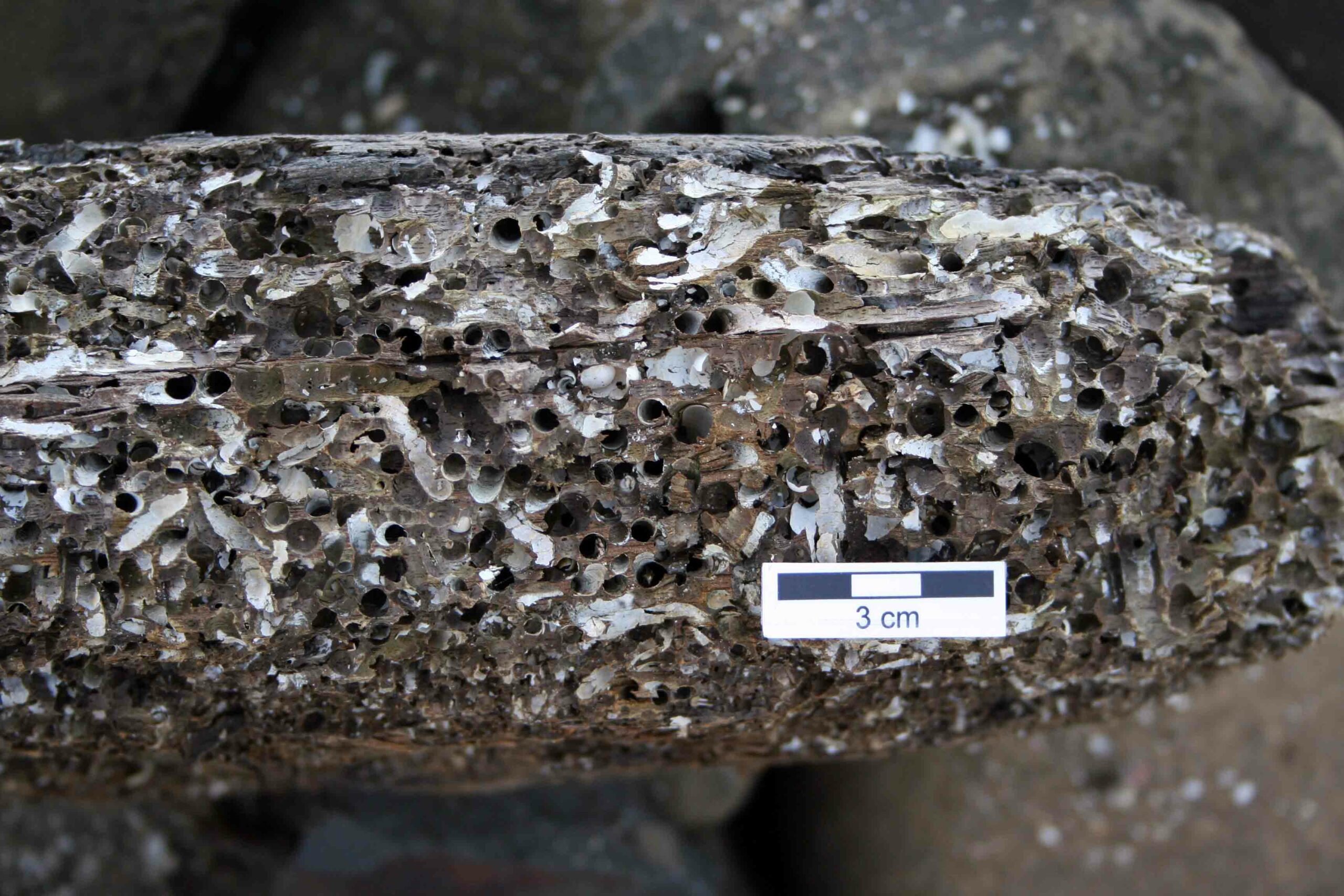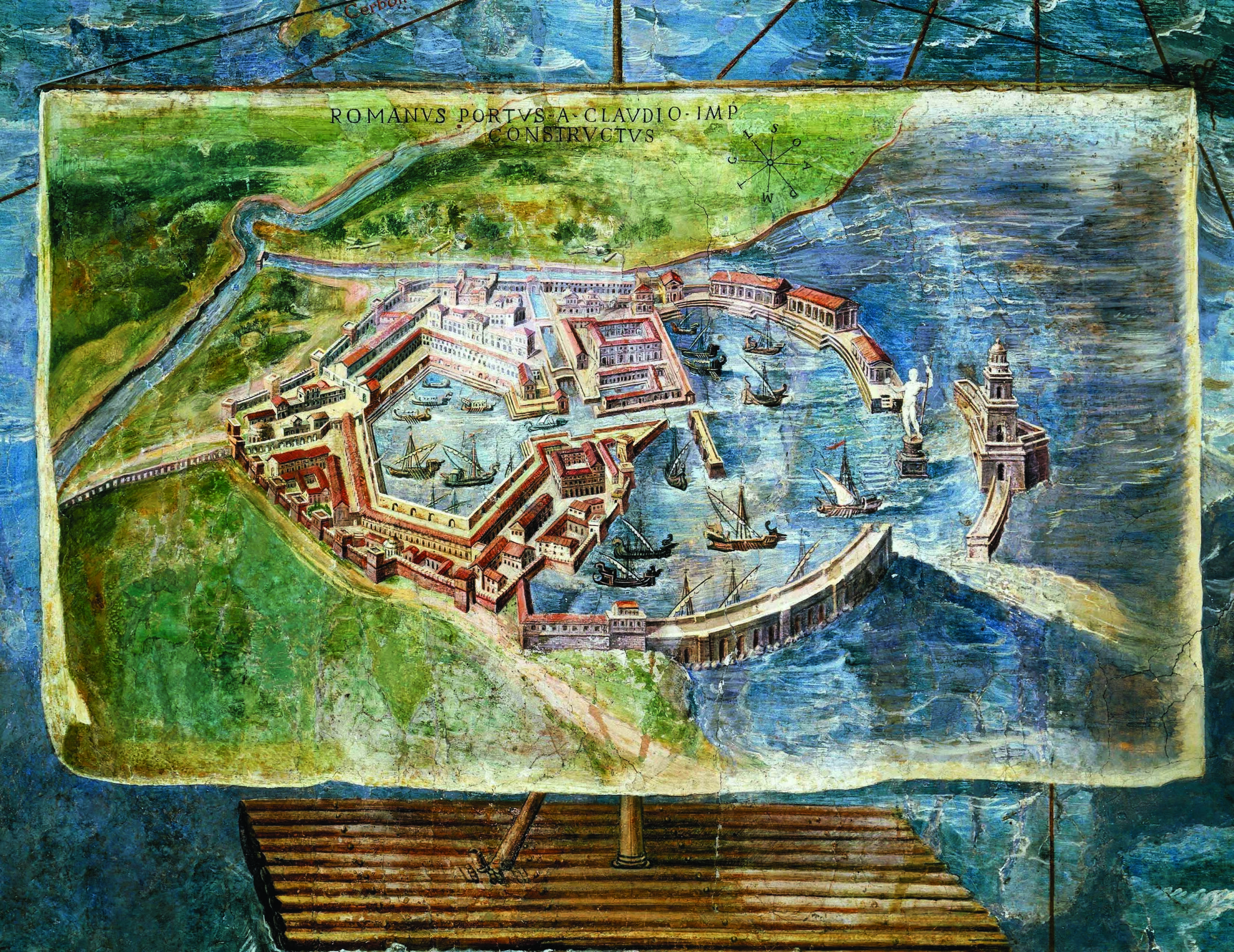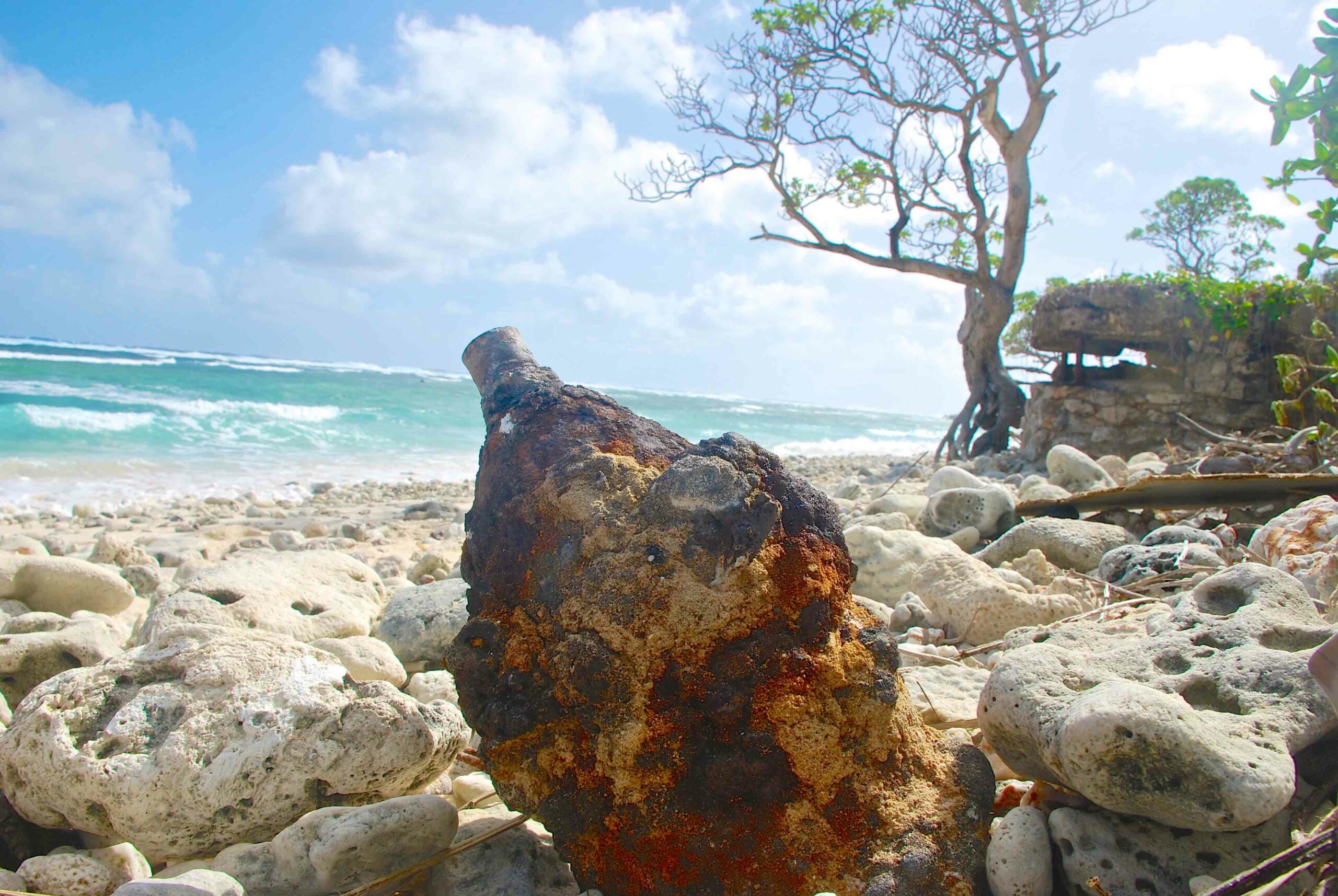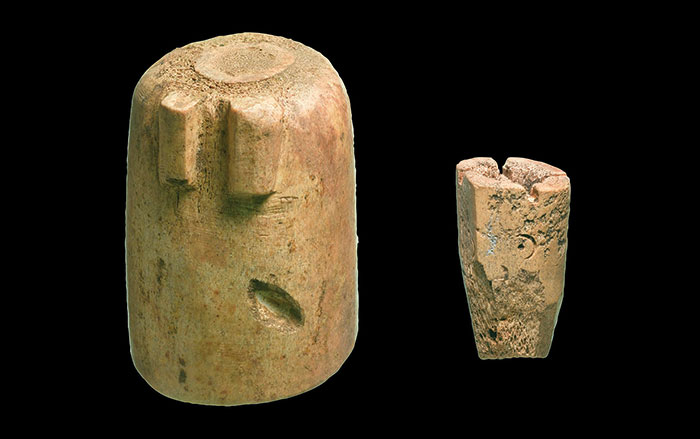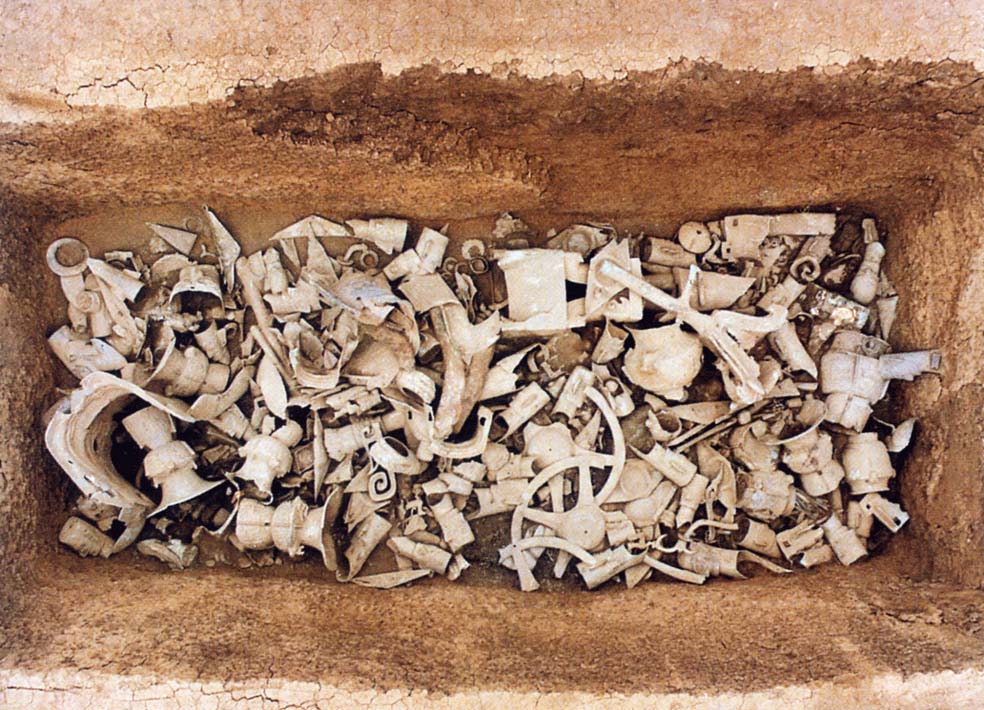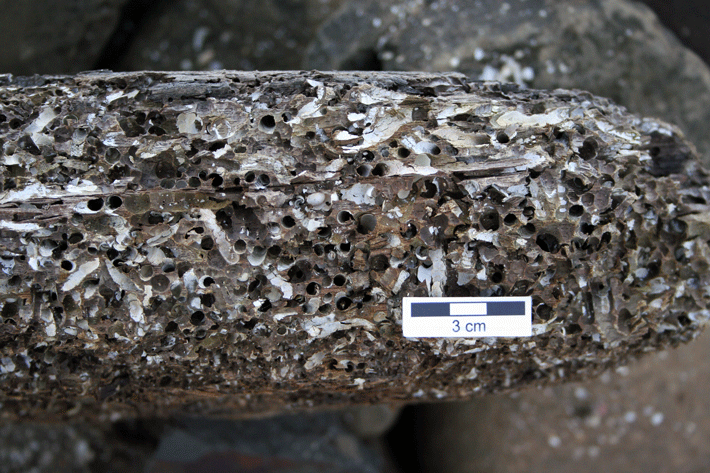
The family of mollusks known as shipworms are sometimes referred to as the “termites of the sea” because they bore through and eat submerged wood, including shipwrecks. Actual termites are able to digest wood because bacterial communities in their guts generate enzymes that break down wood fibers. But in a number of shipworm species, the cecum, or intestinal structure where they digest wood, doesn’t have a bacterial community to help out. Researchers have now found the missing microbes—living in specialized cells in shipworms’ gills. “I would say that this finding likely extends to many species,” says Dan Distel of the Northeastern University Marine Science Center. Useful enzymes then migrate to the cecum—scientists don’t know how just yet—where they break wood down into nutritious sugars, sugars that the shipworms then don’t have to share with a community of gut bacteria. This is the first time such an arrangement has been observed in the animal kingdom.


